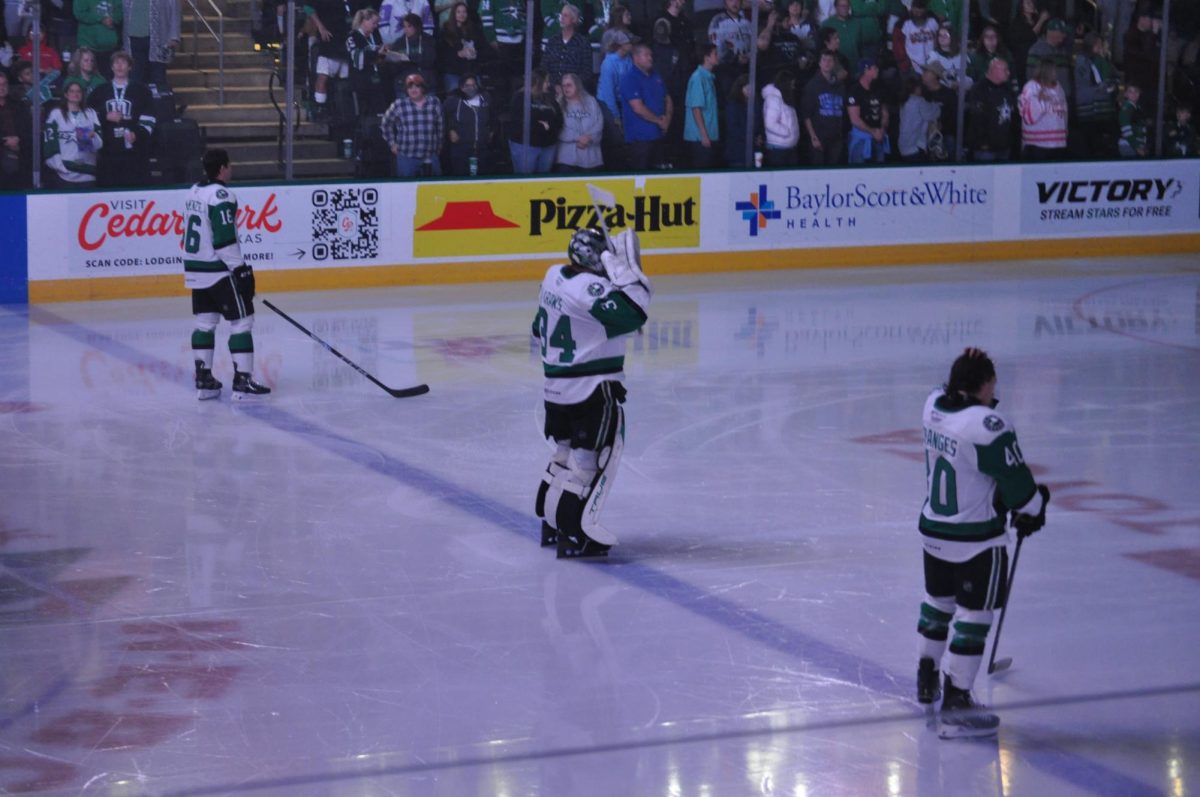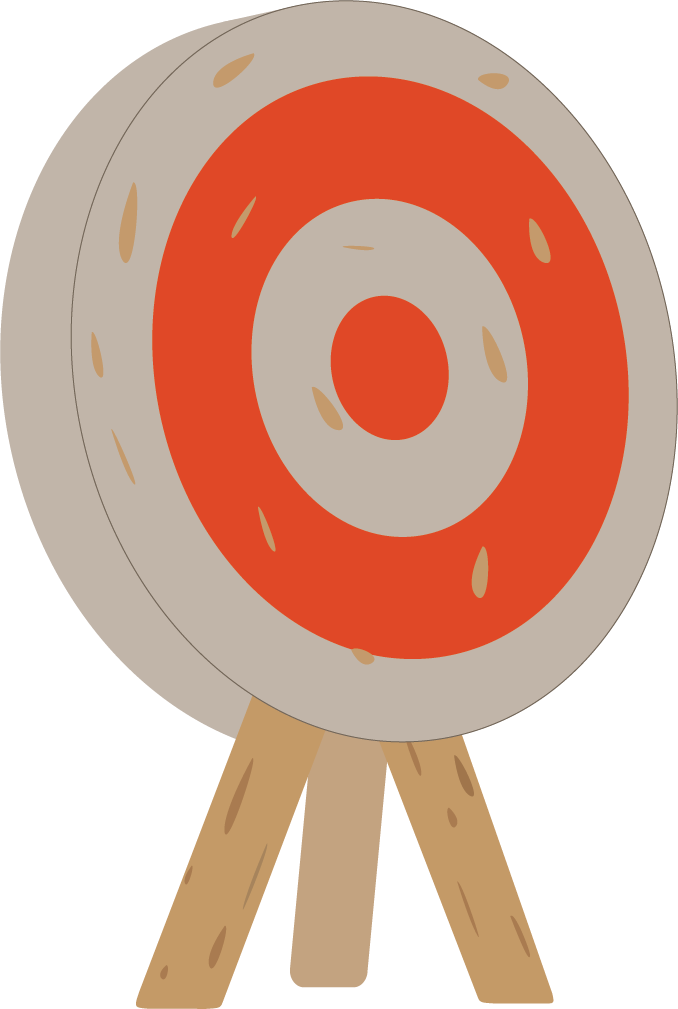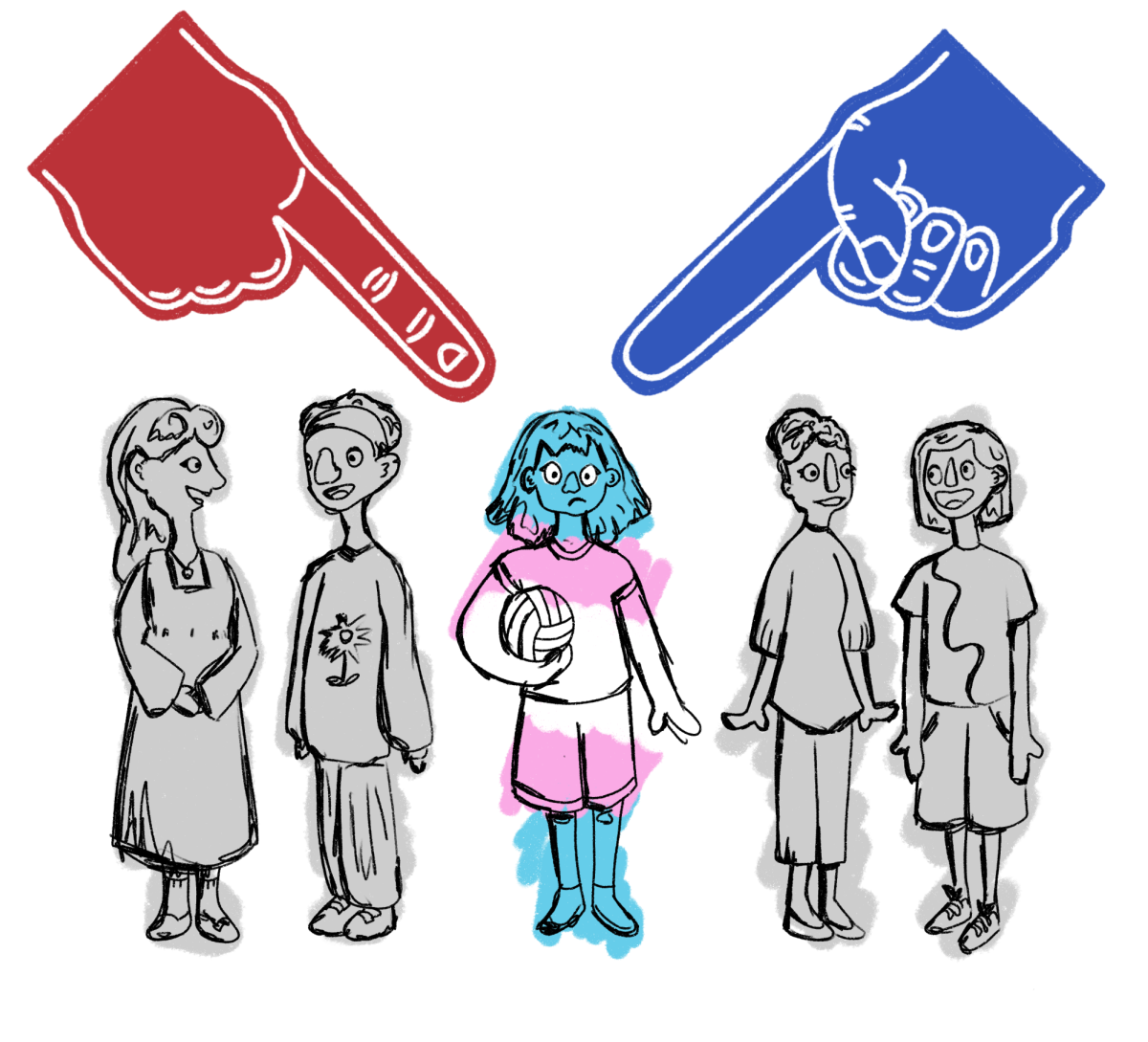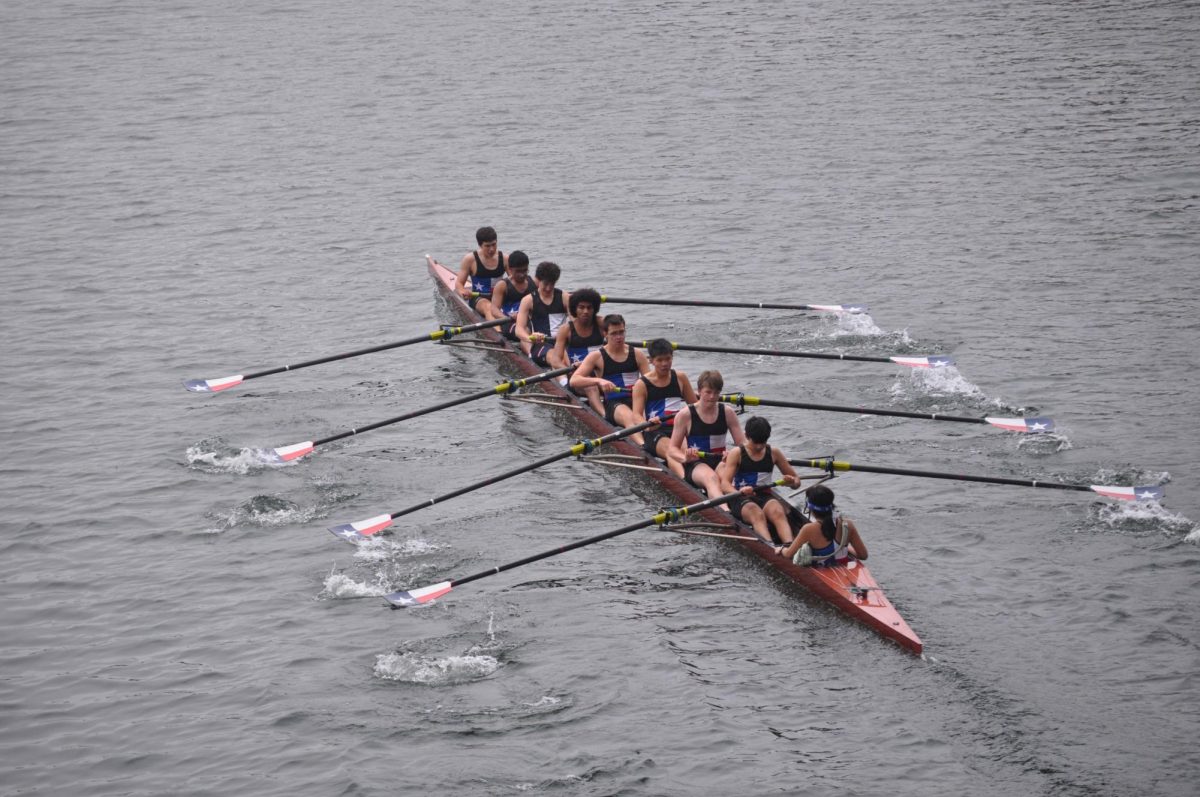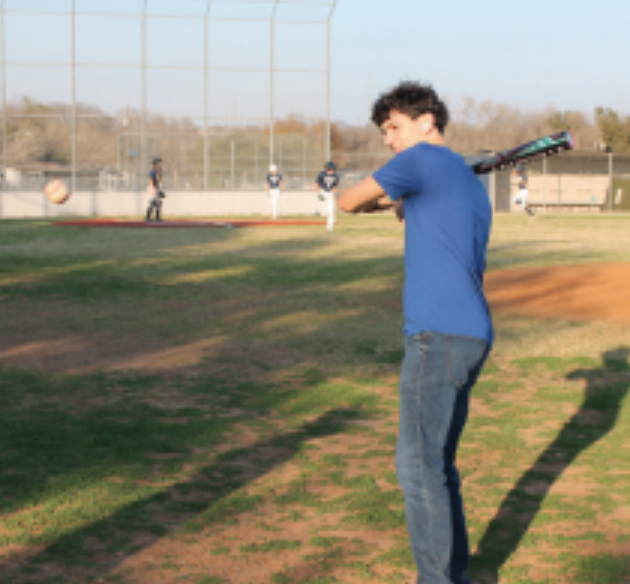Under the sweltering sun of Central Texas, a hockey game seems a world away. But the Texas Stars continue to charge on.
The Texas Stars are an American Hockey League (AHL) developmental team for the Dallas Stars of the National Hockey League (NHL) currently ranked first in the Central Division. They are on the ice almost every week from October through April at the H-E-B Center in Cedar Park. John Peterson, the manager of Broadcasting and Media relations for the Stars, is responsible for play-by-play broadcasting of games.
“The Texas Stars have been one of the hottest teams in the American Hockey League since mid-December thanks to a team record: a ten-game road winning streak,” Peterson said. “A big reason for the Texas Stars’ sustained success in this area has been the way this community has embraced the team.”
When the team was established in 2009, it was uncertain how Texans would take to their presence, according to Community Impact. Now, however, the 6,800 seat H-E-B stadium routinely sells out. Peterson described the team’s increasing popularity and the steady rise in attendance over the years.
“Since the Stars arrived in Cedar Park in 2009-2010, the fan base has been consistently supportive and enthusiastic about the hockey, as well as the popular theme nights that are fun for all ages,” Peterson said. “In each of the last two seasons, the Stars broke franchise records for average attendance and sellouts.”
As an affiliate of the Dallas Stars of the NHL, the Texas Stars curate potential talent to be moved up to Dallas if management sees fit. Through this, younger players get time on the ice to practice and hone their skills.
“The Texas Stars serve as the primary development affiliate of the Dallas Stars,” Peterson said. “Meaning most of Dallas’ prospects get their start in Cedar Park, including current Dallas Stars players Jason Robertson, Roope Hintz, Jake Oettinger, Esa Lindell, Thomas Harley, and others.”
Rosemary Arcuri is a resident of Vaughan, Ontario who became a first-hand witness to the process hockey players undertake to play professionally through raising her son, Texas Stars center Francesco Arcuri. Rosemary Arcuri noted that their family didn’t play hockey at all, leading Francesco’s immediate ability at the sport to surprise her.
“When Francesco was little, he took a liking to it right away, and we worked with that,” Arcuri said. “From a young age, he always played a year up. And he was always wanted by different teams. It wasn’t like we had to ever try out for a team, they always wanted him. He was always a goal scorer. He had that touch.”
A developmental league may seem destined to lose its best players by definition, but the Texas Stars avoid downgrading their team even as they move players up to the NHL. According to Texas Stars player Justin Hryckowian, this is because of the Stars’ culture of mentorship: more seasoned players teaching and guiding newer ones.
“We have some great older guys here that you can watch every day and see how they act,” Hryckowian said. “It’s unreal to pick their brains and learn, hear stories from their experiences.”
Hryckowian is from Toronto, Canada, but he isn’t the only Texas Star far from home. Most players on the Stars grew up in northern countries like Canada, Finland, Norway, and Czechia. Tyler Ertel, founder of Holistic Hockey and father of Stars forward Justin Ertel, believes this pattern of players coming from northern countries and states is about more than just the cold weather.
“A lot of the players, on Texas and throughout both the NHL and AHL, come from small towns where the rink is a hub of community where you get to come together,” Ertel said. “You get to have your pride in your community, but also just have that time with family and friends outside of your home. It’s a pretty neat thing that we have here in Canada.”
Additionally, longtime Texas Stars fan Carl Jacobson explained that the games at the H-E-B stadium provide a fun and convenient way to support the team due to the distance from his home to the stadium. He added that the size of the stadium creates a feeling unique to the games.
“I already liked hockey, “ Jacobson said. “Since the Texas Stars play close to home, it was easy to go to games… I went to a bunch of games ever since I came to Austin and I really liked it. The games are really fun. The arena is not too big so you can see everything up close. The crowd gets loud and it just makes it exciting.”
As the 2024-25 season continues, the Texas Stars continue to create excitement among their fans according to Peterson, while remaining competitive in their division. The team’s presence has contributed to Austin’s sports culture, growing fan base, and increasing youth hockey participation. The team is on track to compete in the AHL playoffs in April this year.
Every year NHL teams scout the best young hockey players from around the world in the hopes they find their next superstar player to build their team around. Then, during the NHL draft they choose the young players they think will be the best addition to the team. When Francesco Arcuri was drafted to the Dallas Stars, he wasn’t certain he would be chosen at all. Rosemary described the moment as __.
“My husband doesn’t know how to skate… we never watched hockey at home, so it wasn’t a big deal,” Arcuri said. “
The thrill of hockey comes with an increased risk of injury, especially for centers like Francesco. Players often slam into each other or the wall, and the NHL has official rules that outline when referees should allow fistfights between members of opposing teams.
“Not too long ago, he popped his shoulder when he was in Idaho and the same day that it happened, Texas had called him back up,” Arcuri said. “So he was out for a little while. We always worry about injuries, but try not to put too much focus on that, because if you put focus on that then you create fear. You can’t play in fear.”
According to Ertel, getting through injuries is both an important career skill and a valuable personal quality for players., inspired by his own time playing for a number of teams in the Canadian Hockey League. He learned this through his experience playing in the Canadian Hockey League for multiple
“Everybody walks into this sport knowing that the risk of injury is always there,” Ertel said. “I’ve gone through some injuries myself, but came out on the other side as a better person.”


